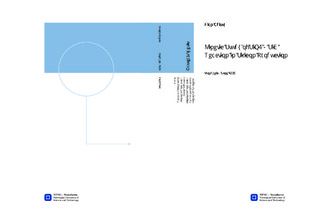| dc.description.abstract | A number of researches related to kinetics of SiO2 + SiC reaction in the silicon production are limited and there is a gap between the real kinetics and mechanism of SiO2 + SiC reaction and people?s knowledge of that reaction. The main objective of this study was to fill such a gap. In this study, two different types of pellets, i.e. quartz + SiC and cristobalite + SiC (1-2 mm) were used. They were heated up to certain temperature and then held to certain dwell time in an alumina vertical tube furnace (6.28 L) with argon stream of 1L/min. Based on the results of this study, we found that the experimental method can be applied for kinetic study of SiO2 + SiC at the temperature up to 1600 °C. The conversion of SiO2 to SiO(g) occurred very fast. The lowest temperature and dwell time variations of 1500 °C ? 2 hours resulted in conversion of 0.819 for charges with quartz and 0.914 for those with cristobalite. The full conversion (α > 0.990) was achieved at 1700 °C ? 2 hours for both quartz + SiC and cristobalite + SiC pellets. The charges with cristobalite had higher porosity than those with quartz, therefore accelerated the conversion of SiO2 to SiO(g). The estimates calculating from Yates?s algorithm for quantitative relation between variables of temperature, dwell time and silica polymorphs to degree of conversion, were not representative due to the high conversions of experiments. Furthermore, the reaction mechanism for quartz + SiC pellets and cristobalite + SiC pellets could not be distinguished based on their kinetic data. We also found that the diameter of pellets remained unchanged after the experiment. The porosity of SiO2 + SiC final pellets increased after runs conducted at 1500 °C ? 2 hours. In the temperature range of 1500 to 1750 °C, the reaction of SiO2 + SiC reaction first occurred and was then followed by the reaction of SiO + SiC. The charges with cristobalite produced higher SiO(g) than those with quartz, but the solid products contain lower amounts of Si metal. The XRD analysis of blackish-brown condensate showed the presence of SiO2, Si and SiC. | nb_NO |
